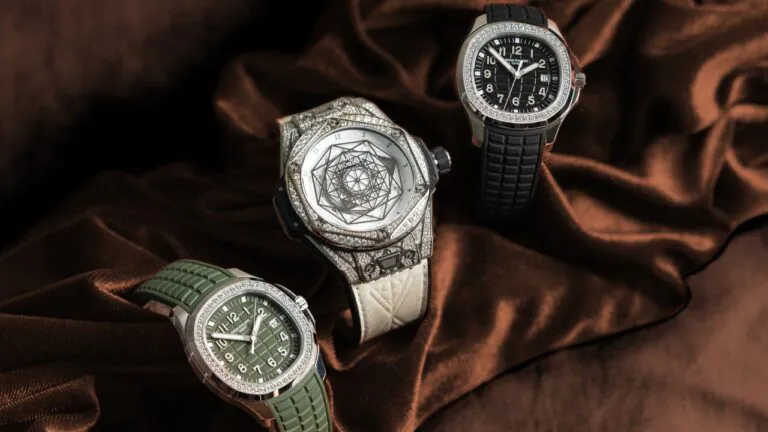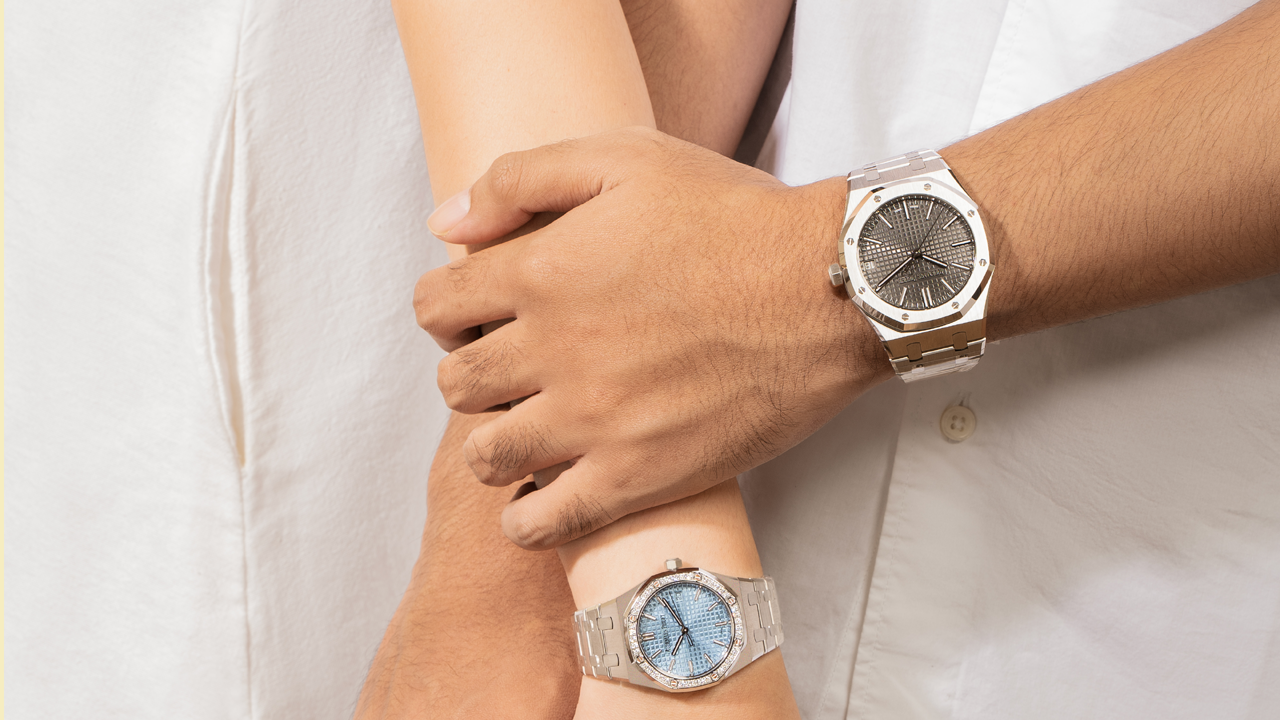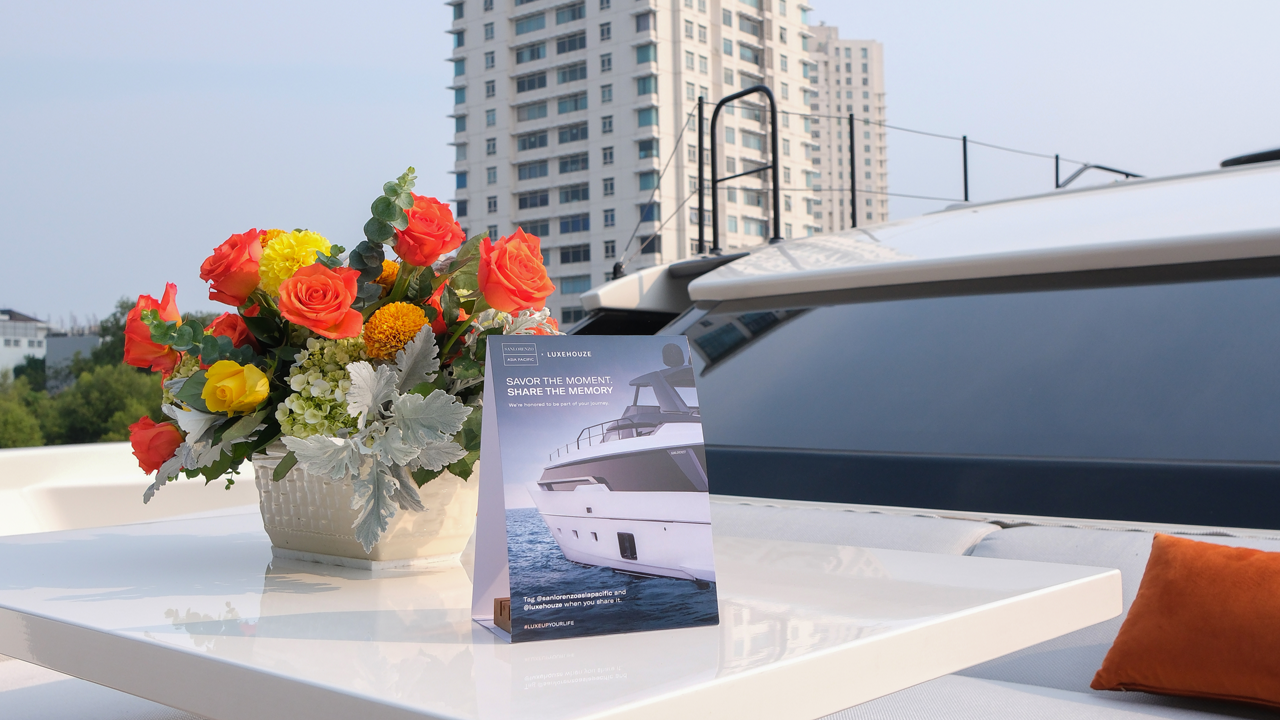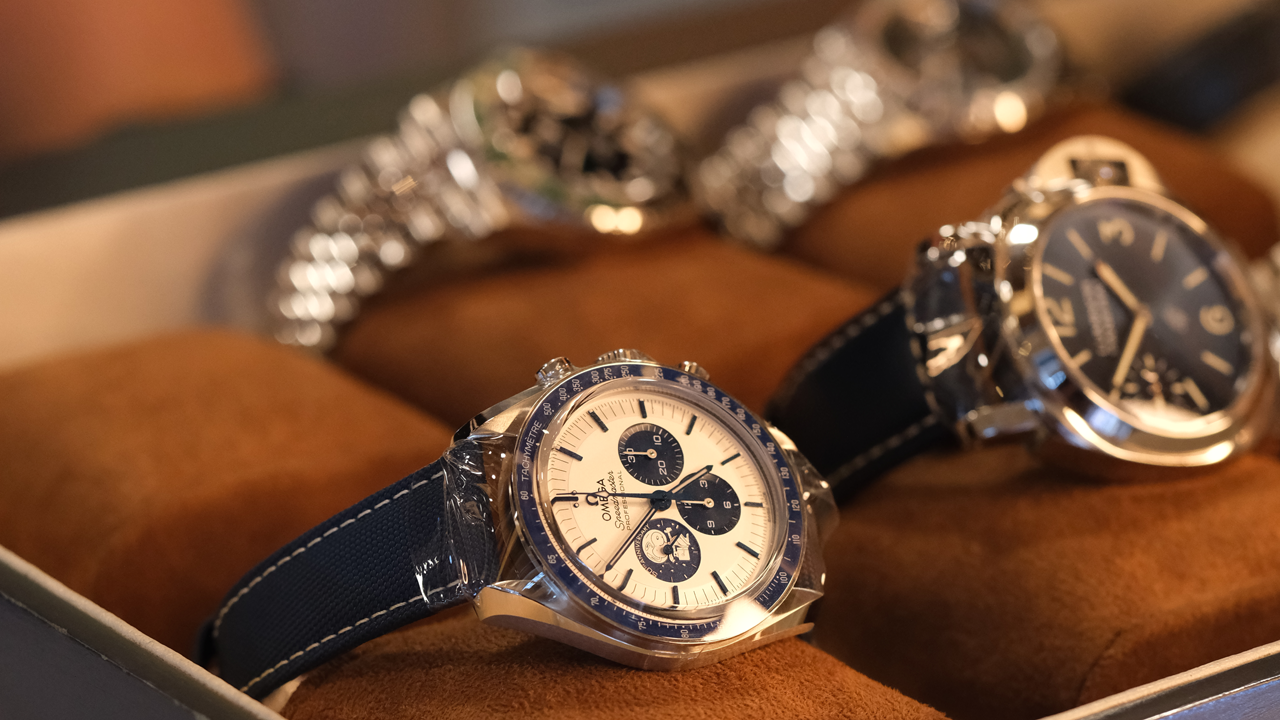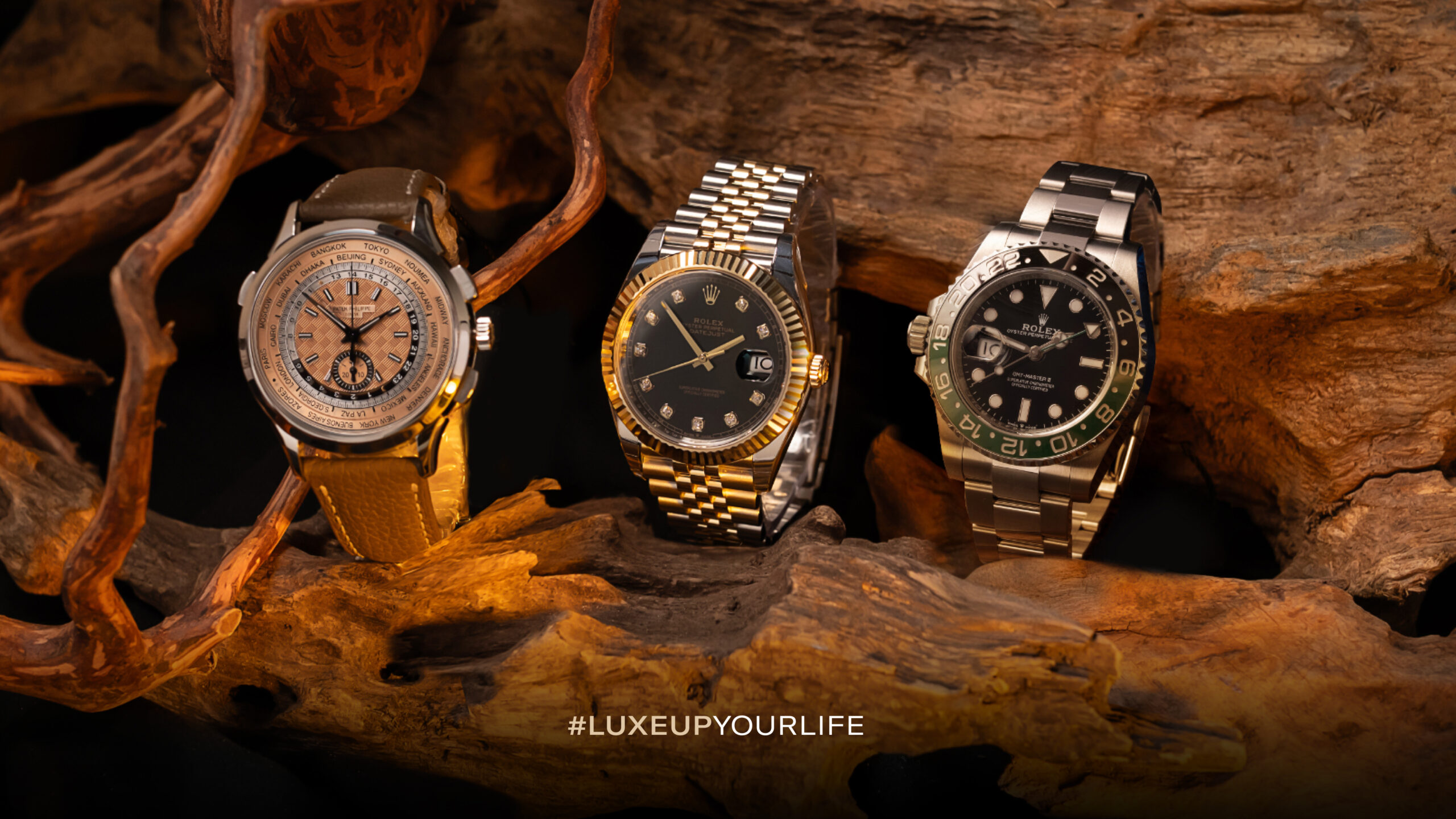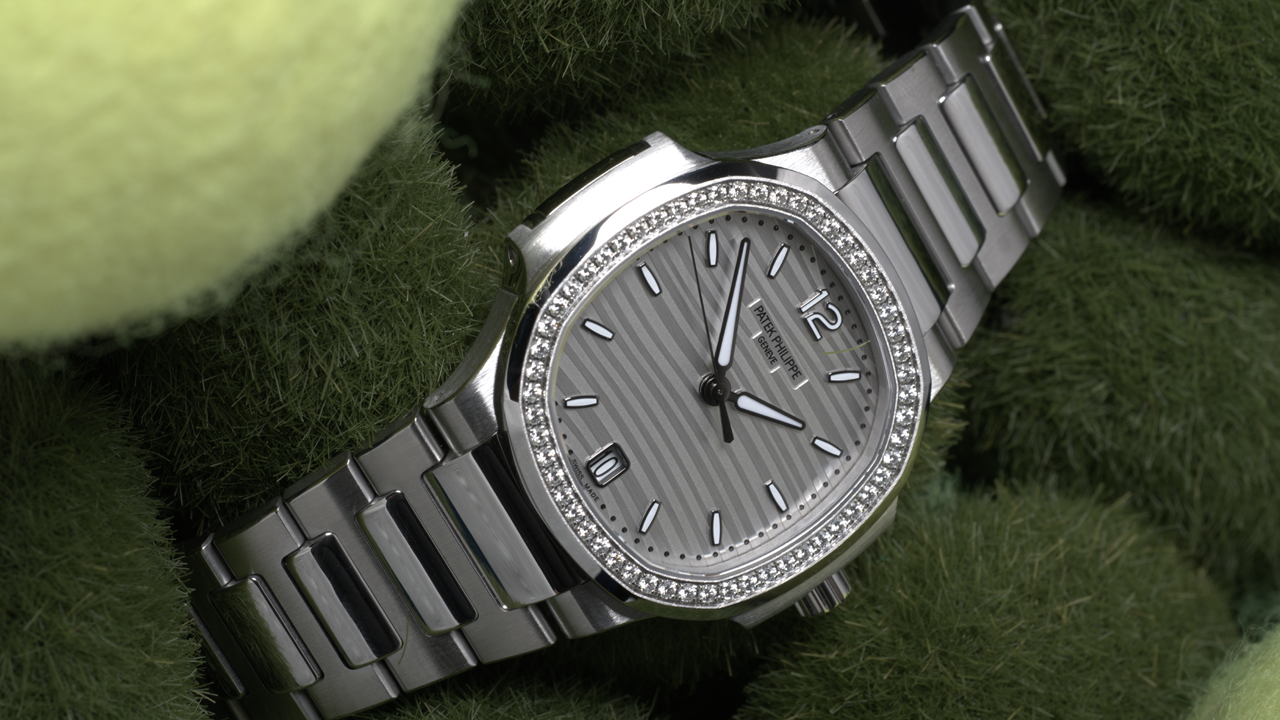Can you overwind an automatic watch? The good news is, automatic watches cannot be overwound by regular hand-winding, thanks to a built-in slipping mechanism that disengages once the mainspring is fully wound.
This clever design protects the movement while allowing wearers to top up the power reserve without fear of causing damage.
Still, understanding how and when to wind your automatic watch properly is key to maintaining its accuracy and longevity.
Read More: How to Properly Clean and Maintain an Automatic Watch
Table of Contents
ToggleWhy You Can’t Overwind an Automatic Watch?
You can’t overwind an automatic watch because its movement includes a built-in slipping clutch mechanism.
Once the mainspring reaches full tension, this clutch allows it to slip safely inside the barrel, preventing excess strain or damage, even if you continue winding manually or wear the watch throughout the day.
This design sets automatic watches apart from manual ones. In a manual watch, overwinding can damage the movement, as there’s no protective mechanism once the spring is fully wound.
But automatic watches are built for continuous motion, with the rotor and clutch working together to maintain optimal power without risk.
When the mainspring is full, winding simply disengages. The movement stays safe, the watch keeps running, and no harm is done. It’s one of the key features that make automatic watches both elegant and practical for everyday wear.
What About Manual Mechanical Watches?
If you’re asking if you can overwind a mechanical watch, the answer is yes, but only when it comes to manual mechanical watches.
Unlike automatic movements, manual watches can be overwound, as they lack the slipping clutch mechanism that protects against excess tension.
Once the mainspring reaches its limit, forcing the crown beyond that point can cause damage to the spring or internal components. That’s why winding technique matters, especially for vintage or delicate pieces.
Signs You’re Overwinding Your Watch
If you’re overwinding a manual watch, you may notice increasing resistance. Watch for these subtle but important indicators that your manual mechanical watch may have been overwound:
- The crown suddenly resists or snaps after turning
- You hear a grinding or clicking sound while winding
- The watch stops running shortly after being wound
- Power reserve seems unusually short or inconsistent
How to Wind a Manual Watch Properly Without Causing Damage
To avoid overwinding, wind your manual watch slowly and with care. Turn the crown clockwise using light, steady pressure, typically 20 to 40 turns, depending on the movement.
Stop winding as soon as you feel resistance, which signals that the mainspring is fully wound. For most models, once-a-day winding is sufficient.
Gentle, consistent winding not only protects the movement but also ensures optimal timekeeping performance.
What Happens If You Overwind a Watch?
Many watch owners eventually ask, what happens if you overwind a watch? The answer depends on the type of movement.
In manual mechanical watches, especially those without overwind protection, forcing the crown beyond its natural stopping point can lead to excessive mainspring tension.
This strain can cause the mainspring to snap or stress adjacent components, potentially resulting in costly repairs.
When overwinding occurs, the symptoms often appear quickly. The crown may become unusually stiff or feel like it suddenly “gives way”.
In more severe cases, the watch may lose power unexpectedly, or the ticking stops entirely. This indicates that the mainspring can no longer hold energy or that damage has disrupted the gear train.
How to Tell If It’s Overwound or a Movement Issue
It’s not always easy to tell whether your watch has been overwound or is simply suffering from a separate movement issue. A few clues can help:
- If the crown won’t turn at all and the watch isn’t ticking, overwinding could be the cause
- If the crown moves freely but the watch still won’t run
If you’re unsure, it’s always safest to stop winding and seek expert servicing to prevent further damage.
Understanding what happens if you overwind a watch is essential for any mechanical watch owner. While automatic watches are protected by design, manual timepieces require a more delicate touch.
If you suspect your watch has been overwound or is no longer functioning as it should, it may be time for a professional evaluation. You can always trust Luxehouze for expert watch servicing to restore and maintain your timepiece in optimal condition.
And if you’re looking to expand your collection, Luxehouze also offers a wide range of 100% authentic luxury watches at the best prices. Visit Luxehouze today to explore more or read the Luxehouze Blog for trusted insights into the world of fine timepieces.
